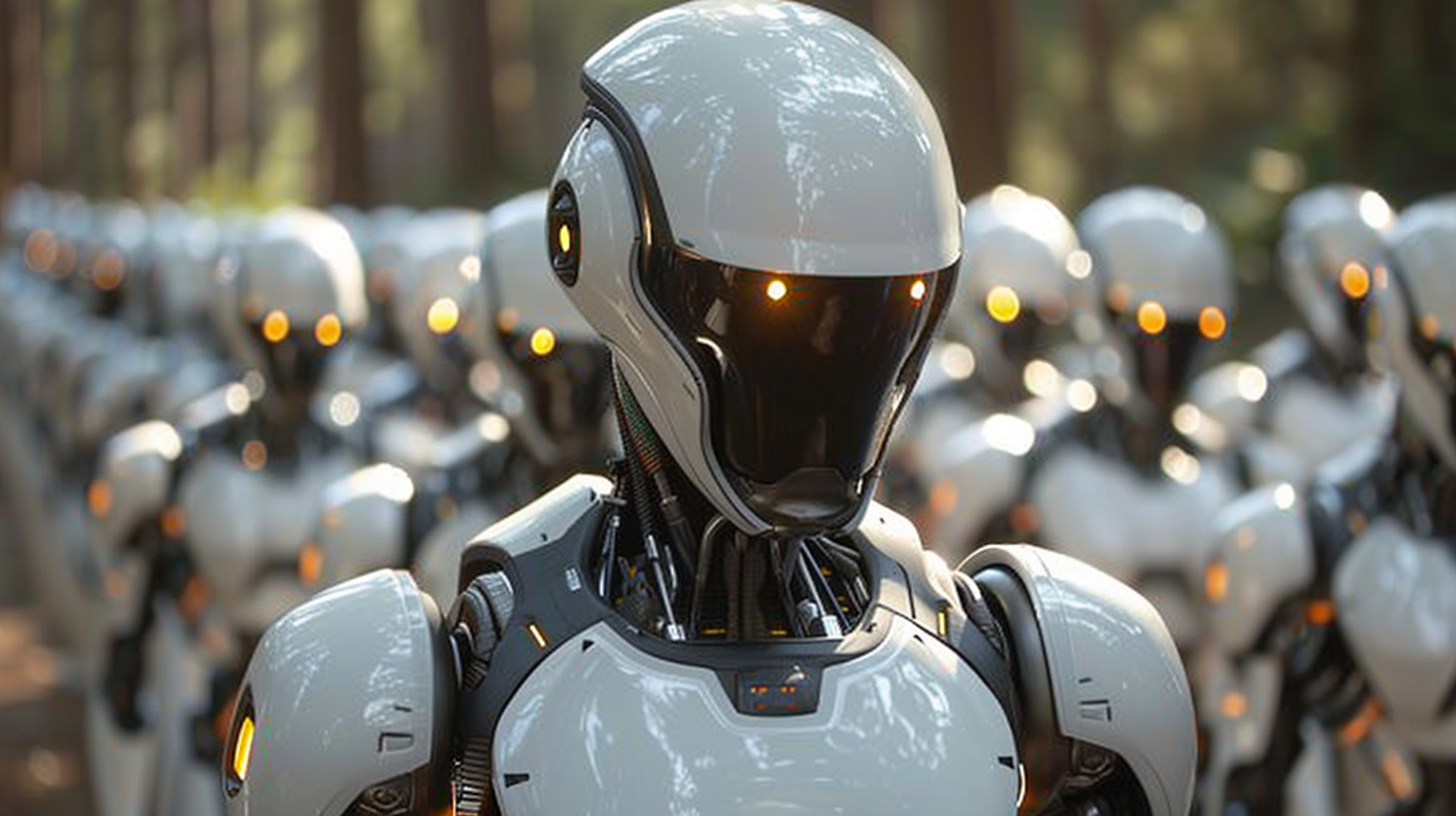In a world where artificial intelligence (AI) increasingly permeates every facet of our lives, the concept of “AI hiring humans to solve CAPTCHA” presents a fascinating paradox. At first glance, it seems almost ironic: the very machines designed to automate and simplify tasks now requiring human intervention to complete one of the simplest online activities. This notion not only captivates the imagination but also serves as a compelling entry point into a broader discussion about the evolving relationship between humans and AI.
The Irony of AI-Dependent Tasks
Imagine an AI system, designed to streamline operations and automate mundane tasks, facing a roadblock: a CAPTCHA, the online test used to distinguish humans from machines. Here lies the irony—the pinnacle of automation halted by a task designed to be easy for humans but challenging for robots. This scenario isn’t just hypothetical; it’s a reality in some instances where AI relies on humans to bridge the gap it can’t cross on its own.
CAPTCHAs, or Completely Automated Public Turing tests to tell Computers and Humans Apart, were created to prevent automated spam and misuse of online services. They challenge users to perform tasks that are typically easy for humans but difficult for AI, such as recognizing distorted text, identifying objects in images, or deciphering a set of audio clips. The need for AI to hire humans to solve CAPTCHAs underscores a significant point: despite advancements, AI still faces limitations in understanding and interpreting nuanced or sensory-based challenges.
This reliance on human intellect highlights the ongoing synergy between humans and machines. It exemplifies that while AI can handle vast amounts of data and complex calculations faster than a human could, it still struggles with tasks requiring perceptual judgment or common sense reasoning. These tasks, effortless for humans, remain a frontier for AI, emphasizing the inherent value of human intuition and perception in the digital age.
The Human-AI Collaboration in Solving CAPTCHAs
At the intersection of technology and human ingenuity lies a unique form of collaboration: AI and humans working together to solve CAPTCHAs. This partnership is not just about overcoming a simple challenge; it’s about the intricate dance of human intelligence complementing artificial cognition.
In this symbiotic relationship, humans assist AI in areas where it falters, particularly in tasks requiring sensory perception, contextual understanding, or creative thinking. By hiring humans to solve CAPTCHAs, AI systems can bypass these hurdles and continue their operations without interruption. This process often involves crowdsourcing platforms where individuals can earn money by solving CAPTCHAs for AI systems. The implications are vast, touching on economic, ethical, and technological spheres.
- Economic Impact: The demand for human solvers creates micro-jobs, contributing to the gig economy. This provides income opportunities for people worldwide, especially in regions with limited employment options.
- Ethical Considerations: The practice raises questions about the reliance on human labor for tasks that are ostensibly for machines, highlighting the need for ethical frameworks in AI development and deployment.
- Technological Advancements: The human-AI collaboration in solving CAPTCHAs drives advancements in machine learning, particularly in areas like natural language processing, image recognition, and sensory integration.
Through this cooperative effort, AI learns and adapts, slowly bridging the gap between its capabilities and human intelligence. This continuous learning process is vital for the development of more sophisticated and intuitive AI systems.
The Future of Human-AI Interaction
The concept of AI hiring humans to solve CAPTCHAs offers a glimpse into the future of human-AI interaction. This relationship is evolving from one where humans and machines work in separate domains to a more integrated approach where each complements the other’s strengths and weaknesses.
The future holds potential for even more collaborative efforts where AI and humans work hand-in-hand, tackling complex problems beyond CAPTCHA-solving. Such collaboration could lead to groundbreaking advancements in various fields, from healthcare and scientific research to environmental conservation and space exploration.
- Enhanced Problem-Solving: Combining human creativity with AI’s computational power can lead to innovative solutions to complex challenges.
- Personalized Experiences: AI can learn from human inputs to provide more personalized and intuitive user experiences in technology and services.
- Shared Learning: The exchange of skills and knowledge between humans and AI can accelerate learning processes and foster new understandings across disciplines.
